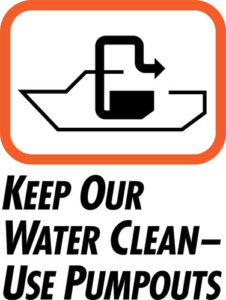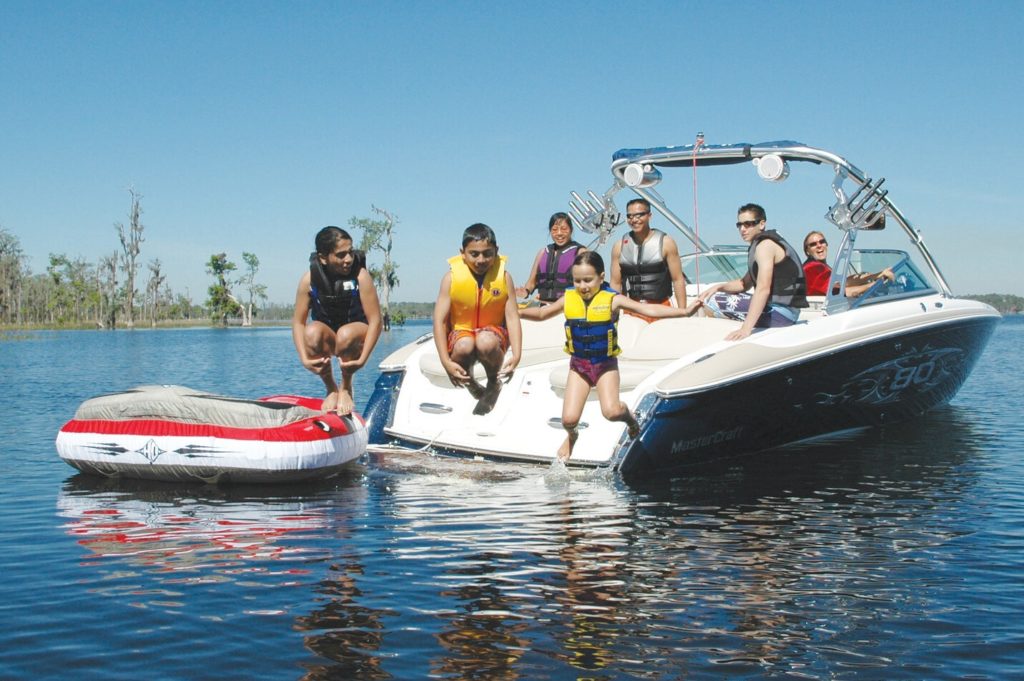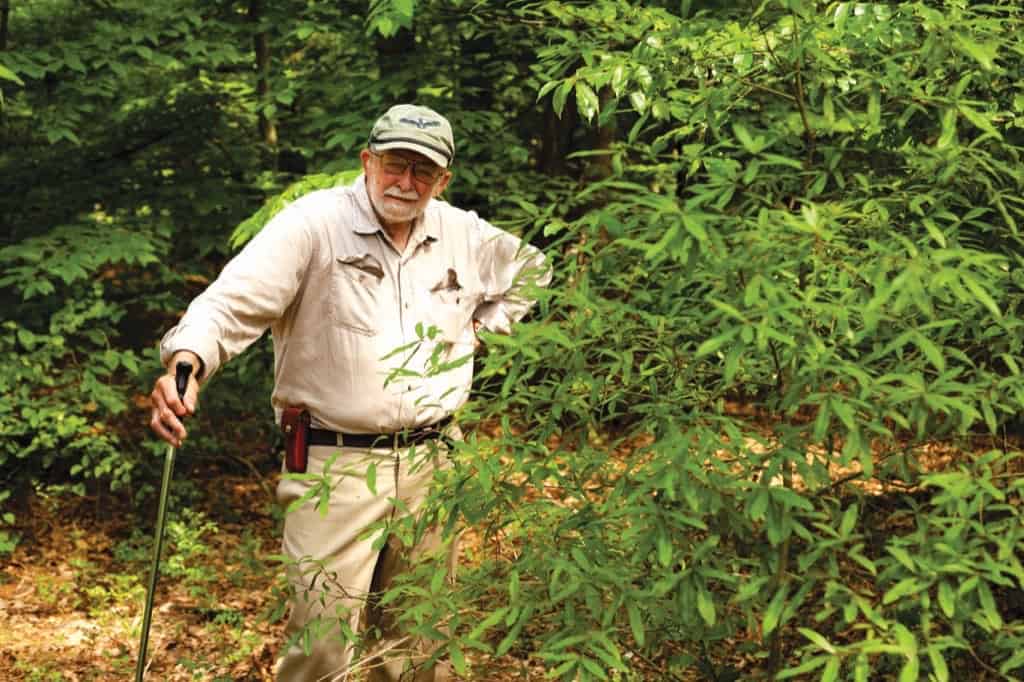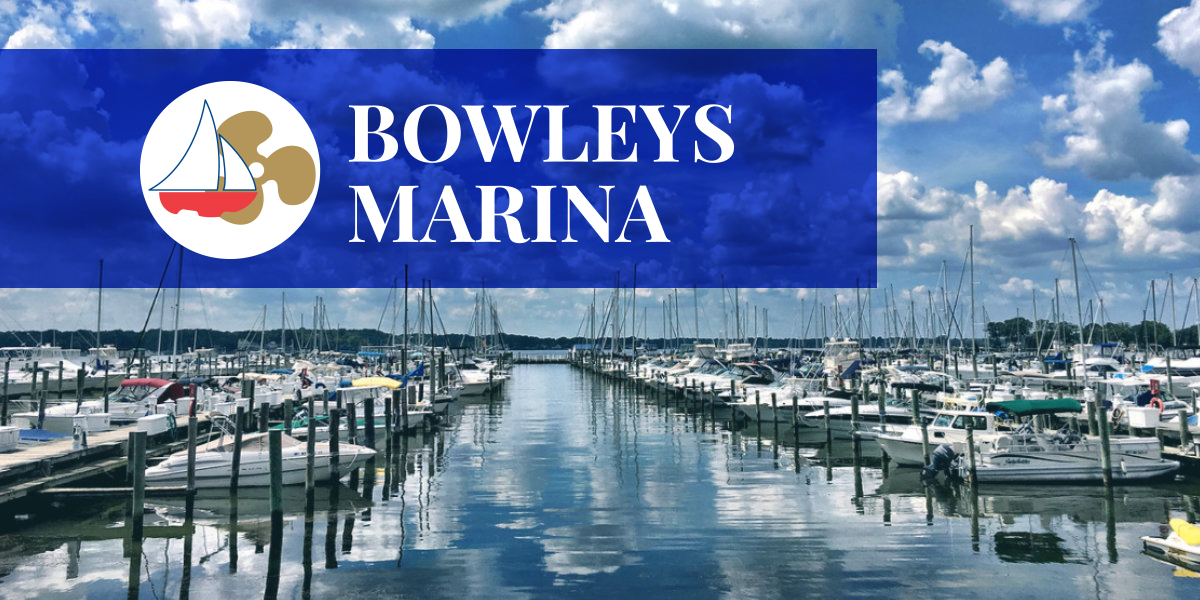The most significant threat to the health of the Chesapeake Bay is nutrient overenrichment. When present in excessive amounts, nutrients trigger algal blooms. The algae prevents sunlight from passing through the water column. Aquatic plants suffer as a result. Furthermore, when this algae dies and is decomposed, dissolved oxygen levels can be reduced to the point where aquatic life is threatened.
Boat sewage, whether treated by a marine sanitation device (MSD) or not, contains nutrients. Although one flush form one head on one boat may not add a significant amount of nutrients to the water, the effects of nutrient overenrichment are cumulative and boat sewage can present a particular problem in areas of water that do not flush well and where boats tend to congregate (such as marinas and mooring areas).
Raw or poorly treated sewage also contains harmful bacteria which is a potential source of disease transmission to swimmers and others who come into contact with contaminated waters. Also, human consumption of shellfish contaminated with sewage can result in serious illness.

Boating Tips for Cleaner Waterways
- Empty holding tanks at one of the many pumpout stations across the state
- If you have a Type I or II marine sanitation device, obey the prohibition on their use while in No Discharge Zones
- Use onshore restrooms when docked.
- Report broken pumpout stations to the Maryland Department of Natural Resources at 410-260-8772 or [email protected]
- Choose enzyme-based deodorizers for waste in holding tanks or portable toilets.
- Avoid holding tank products that contain quarternary ammonium compounds (QAC) and formaldehyde. These products may disrupt sewage treatment plants.
- Share this information with another boater.






